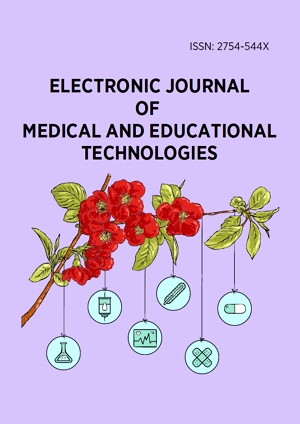Abstract
Over the years, the nations of the world have been plagued with several infectious diseases outbreak. With the continuous rise in the number of emerging and re-emerging infectious diseases such as monkeypox, it is high time we drew lessons and insights from past outbreaks to guide and effectively prepare for possible future outbreaks. Monkeypox, popularly known as the most important orthopoxvirus infection, is a viral zoonotic disease prevalent in Central and West Africa. There are 2 known genetic clades of the monkeypox virus reported so far, the Western African and the Central African clades. The human monkeypox though originated from Africa has grown to be a global concern with cases reported in the United States, United Kingdom, Israel, and Singapore. It is distinctively characterized by lymphadenopathy and systemic rash symptoms. Monkeypox has a low fatality rate (0-11%) with the highest rates occurring in children and young persons who were not part of the smallpox vaccinated population. Report suggests that consumption of bush meats could be a potential risk factor in the transmission of the infection or caring for an infected patient. Several factors have been responsible for the weak surveillance system of monkeypox including the current COVID-19 pandemic that has put more pressure on the fragile healthcare systems and infrastructures of most countries. This paper aims to guide global health policymakers on the impending danger of neglecting this disease. The discourse is concluded with the recommendation of strategies to effectively strengthen the disease surveillance system in combating this public health threat.
Keywords
License
This is an open access article distributed under the Creative Commons Attribution License which permits unrestricted use, distribution, and reproduction in any medium, provided the original work is properly cited.
Article Type: Review Article
EUROPEAN J MED ED TE, Volume 14, Issue 2, June 2021, Article No: em2108
https://doi.org/10.30935/ejmets/10911
Publication date: 15 May 2021
Article Views: 5517
Article Downloads: 3256
Open Access References How to cite this article
 Full Text (PDF)
Full Text (PDF)